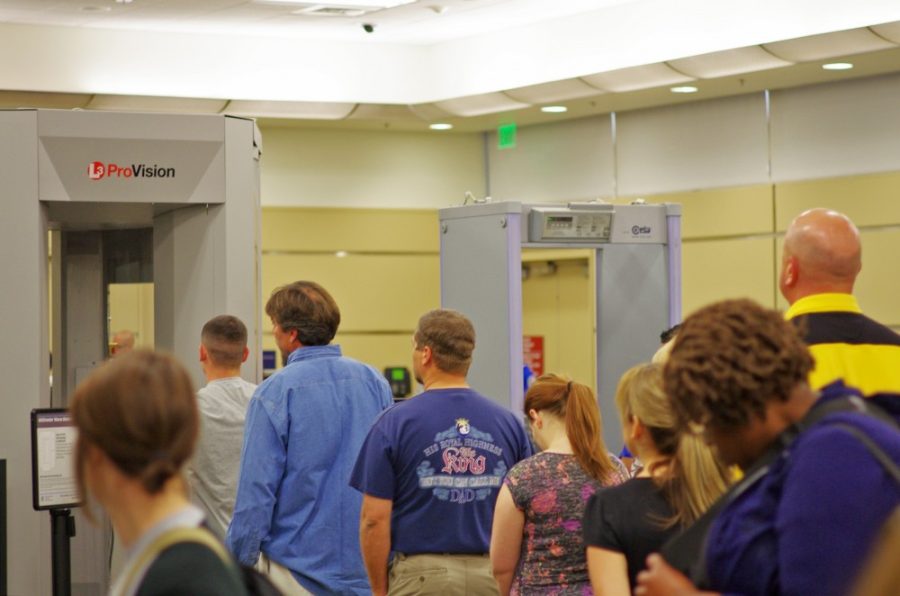Imagine walking through airport security without a boarding pass, a passport or any form of identification and getting right on your plane. Well, that’s not entirely true. Your identification is your face.
Over the summer, various airports around the country started testing new facial-recognition software in hopes of improving security and streamlining check-in, including baggage drop-off.
This new system, the Biometric Pathway, is currently being tested in seven airports around the U.S. with the hopes of eventually expanding to all airport Transportation Security Admission checkpoints.
This system works by having passengers stand in front of a screen that takes a picture of their face and compares it to a database of known citizens. The program compares the distance between your eyes, the width of your nose, the shape of your cheekbones and other facial features.
While the concept of facial-recognition has been around for a couple decades, it’s only recently that its application has become practical. This is due partly to the advent of 3D image processing, which allows for accurate photo analysis, independent of the lighting on the subject.
Essentially, it’s difficult for a program to compare two pictures where the lighting is different. A change in shadows on a face can make the program think that two different images of one person are actually of two separate people.
By using 3D image processing, a “faceprint” is created and added to a database. In the case of airports, this database belongs to Customs and Border Patrol, though such databases aren’t limited to government entities.
RELATED: An exoskeleton built on passion
Social media giant Facebook already uses a similar database system to make suggestions for who to tag in photos uploaded to the platform through the implementation of a database of user’s faces. Even Apple is working facial-recognition into the new iPhone so that your phone can scan your face when you pick it up and automatically unlock.
As with anything involving private citizens’ information, there are drawbacks.
One implication is the potential security compromise of the database of faceprints. Everything connected to the internet is a potential target for hackers, and if hackers could steal the facial information of a whole country, there’s no telling what the potential fallout could be for private citizens. Aside from security risks, the potential commercial and governmental applications are just plain creepy.
Imagine being in public and having a company scan your face, then use it to send you targeted advertising. The ad company Redpepper is already using such a system. By using Facebook profiles, Redpepper created a system called “FaceDeals” that implements cameras in various commercial enterprises to target consumers and text them personalized coupons.
There are many ways to protect yourself from facial recognition (such as wearing a prosthetic face) but sadly, the time for preventative measures may have passed us.
Georgetown’s Law Center for Privacy and Technology published a report last year concluding that over half of all Americans are already in some form of a law enforcement faceprint database. Since that report was published last year, we can only assume that number has grown.
RELATED: Mexican product distributor buys rights to sunscreen invented at UA
This means law enforcement agencies can accurately track everyone, regardless of whether or not they’re a suspect in a crime. This inherently violates the spirit of freedom of movement in this country.
A surprising player in this database is your local Motor Vehicle Department. The FBI linked this bio-metric recognition to the database of driver’s license photos.
If you have a driver’s license, well, the FBI can track your face.
All that’s left is to ask ourselves, are we actually okay with these forms of technology? Is our right to privacy less important than our want for security? Are we comfortable further pushing open the doorway to becoming a police state?
My answer is no. What’s yours?
Follow Brian Winkler on Twitter









